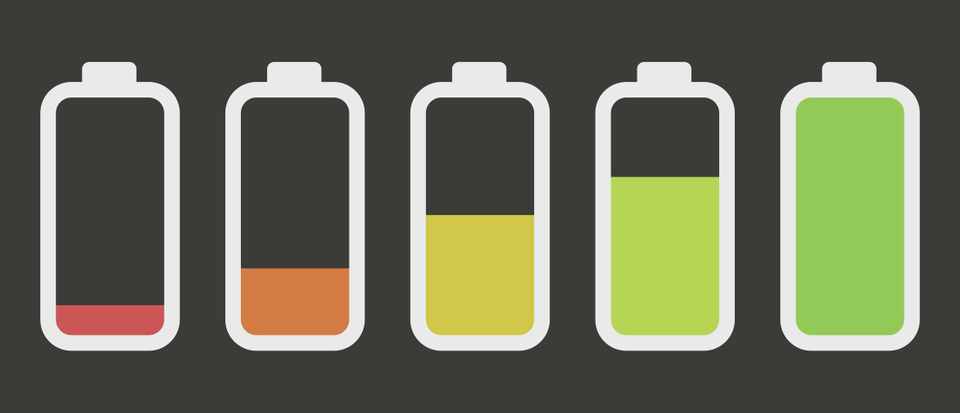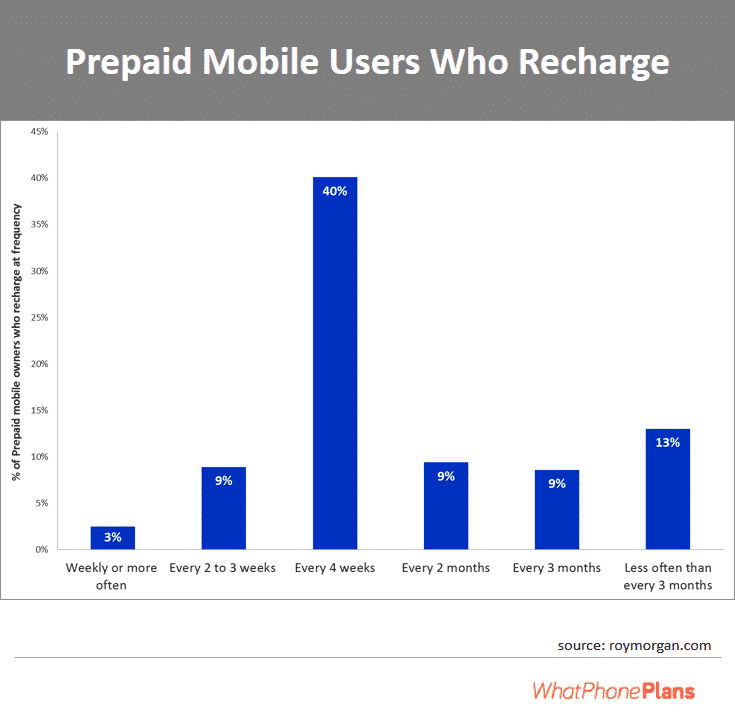
Everything you need to know about recharging your phone plan.
Mobile phones have become a worldwide staple, and prepaid phones have taken a large chunk of that market. In Australia alone, about 6.2 million people aged 14 and over own a prepaid mobile phone. This translates into big business for telcos, as consumers have to recharge frequently in order to stay connected.
Prepaid plans allocate service inclusions for a number of days or months, based on the plan the customer buys. When the service plan expires, a new recharge cycle begins only if the user buys the plan again. This is generally referred to as a “recharge” or “top up”, but the idea is essentially a pay before use scheme — where the user pays for airtime, SMS, data, or a combination of those services before actually being able to use them. This isn’t the case with postpaid plans, where the services are billed after being used.
Many carriers provide customers with automatic top up services. These services allow customers to automatically recharge their phone plan every month on a particular date, without having to do so manually. Automatic top up services usually come with a small discount on your monthly plan for this.
The time frame within which you have to recharge your phone plan depends on how often your plan expires. Some prepaid plans require you to recharge your phone plan every day, while others may expire after 7 days, 28 days, 30 days, or even longer.
This Month’s Hot Offers
How often do Australians recharge their prepaid phones?
According to a 2015 Roy Morgan poll,
- Nearly 40% of Australia’s prepaid mobile users recharge every four weeks;
- 12% recharge more often than every four weeks; and
- 31% of the users recharge their phone plans less often.

Percentage of prepaid mobile users who recharge.
The average recharge frequency across all prepaid mobile users is nearly 48 days. However, there are some differences in how often the average mobile customer recharges, based on their service provider.
Benefits of a prepaid service
Prepaid plans can be recharged using several payment methods, including Credit/Debit cards, your bank account, PayPal, or other methods. Another benefit is the lack of credit checks, unlike contract postpaid plans.
Additionally, the prepaid option offers complete control over your phone plans as well as payment methods for the same. You can enjoy a great level of flexibility in your monthly spend depending on your needs. You can reduce your spend by lowering the recharge frequency, raise it when you want more phone and internet data, or just choose not to recharge at all without any penalty.
Ways to pay for recharging your prepaid plan
One of the quickest and easiest ways to recharge your prepaid phone plan is to use your credit card for future recharge transactions. As stated, most telcos allow you to keep your prepaid services updated by setting up Automatic Recharge with a credit card.
All of Australia’s major telcos — Telstra, Vodafone and Optus — avail their users with a 24/7 self-service app. Downloading the self-service app allows you to recharge your prepaid plan at any time, directly from your handset.
Conclusion
Prepaid phone plans have become increasingly popular over the years. For those looking to avoid the scrutiny of postpaid contracts, as well as their lengthy commitments, prepaid plans present a great option. However, to stay connected, users have to actually recharge their plans. This occurs in different cycles, depending on the purchased plan. The flexibility of prepaid plans allow several different recharge cycles, from 1 day to 7 days, 28 days, 30 days, or even longer. Because prepaid plans require actual recharges to stay connected, users might forget to do so. To avoid this, many telcos provide a number of options that allow for recharging your prepaid phone plan automatically. Many telcos also provide self-service apps that ease the recharge process, allowing users to recharge instantly from their device.